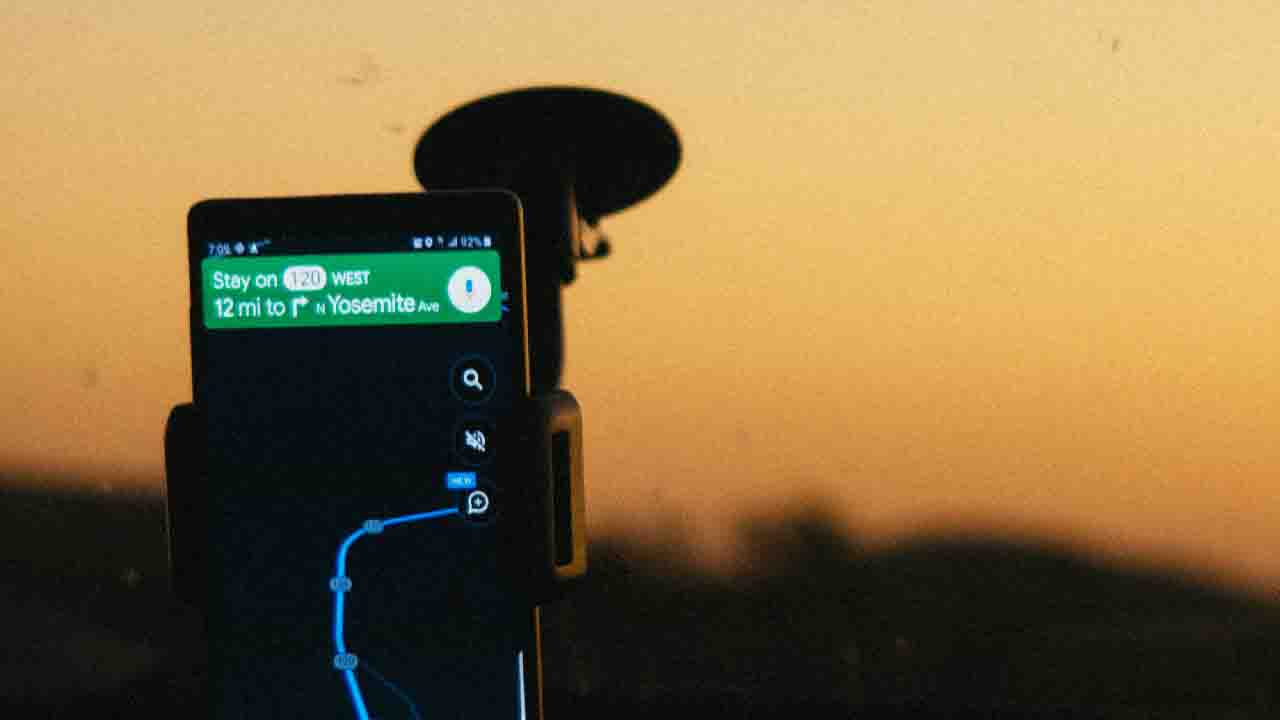Science & Technology, Canada (Commonwealth Union) – A navigation app is a software application designed to help users find their way and navigate from one location to another. These apps use GPS (Global Positioning System) technology and other location-based services to determine the user’s current position and provide directions and guidance to their desired destination.
Navigation apps have become increasingly popular and widely used due to the prevalence of smartphones and their built-in GPS capabilities. They provide a simpler and user-friendly way to get directions, whether you’re traveling by car, public transportation, walking, or even biking.
A team of researchers from the University of British Columbia (UBC) has created a groundbreaking algorithm with the potential to revolutionize urban navigation. Spearheaded by Dr. Tarek Sayed, a prominent professor in the UBC civil engineering department, and assisted by Tarek Ghoul, a PhD student, the group devised an innovative method that detects the safest route within a city’s network by leveraging up-to-the-minute crash risk data. This cutting-edge approach can be seamlessly integrated into widely used navigation apps like Google Maps.
To conduct their groundbreaking research, the team harnessed data gathered from 10 drones that meticulously monitored downtown Athens, Greece, over numerous days. The drones meticulously recorded essential variables like vehicle positions, speeds, and accelerations. Using this comprehensive dataset, they successfully identified instances of near-miss incidents between vehicles and employed it to predict real-time crash risks.
“This research is the first to use real-time crash risk data to provide navigation directions and give you the safest possible driving route through a city,” said Dr. Sayed. “The algorithm is capable of adjusting directions in real-time, suggesting detours to avoid hazardous locations. This helps enhance road safety for all users. For instance, companies will be able to route their fleet efficiently, prioritizing safety and reducing crash risk.”
The study reveals that prioritizing the fastest routes may not always guarantee safety, as indicated by the analysis of a section of Athens’ urban road network. Only 23% of the quickest routes were deemed safe. On average, the safest route utilized 54% of the roads found in the fastest route. According to Ghoul, this emphasizes the importance for road users to balance safety and efficiency when selecting their routes.
Ghoul further indicated that within the examined network, a clear trade-off between safety and mobility was evident. The safest route proved to be 22% safer than the quickest route, while the speediest route was just 11% faster than the safest one. This finding suggests that opting for the safest routes can lead to significant safety gains with only a minor increase in travel time. Moreover, intermediate routes, which carefully consider both safety and mobility factors, could result in even greater safety benefits, far outweighing the additional travel time incurred.
The researchers are presently taking their work to other cities, that consist of Boston, where testing is being carried out for autonomous vehicles that form not just information about themselves as well as their navigation, but in regards to traffic routes as well as crash risk as well.
“If an urban road network has access to new technologies such as autonomous vehicle data, cameras and other sensing technologies, new possibilities open up for real-time safety measurement and effective routing,” explained Dr. Sayed. “These technologies are now generating unprecedented amounts of data, giving rise to new smart mobility applications in the future.”
Dr. Sayed suggested that the algorithm could have applications in bike routing, considering the vulnerability of cyclists and pedestrians on road networks. By incorporating data related to pedestrians and cyclists into future algorithms or navigation tools, significant safety enhancements can be achieved for these road users.
Researchers emphasized the importance of utilizing real-time crash risk data in any crash prediction or safety optimization algorithm. Doing so allows the algorithm to accurately reflect current road conditions, provide more precise crash risk estimates, and ultimately reduce the occurrence of road collisions. By leveraging this data alongside advanced modeling techniques, a safer route algorithm can be developed, enabling road users to prioritize safety while maintaining efficiency.








